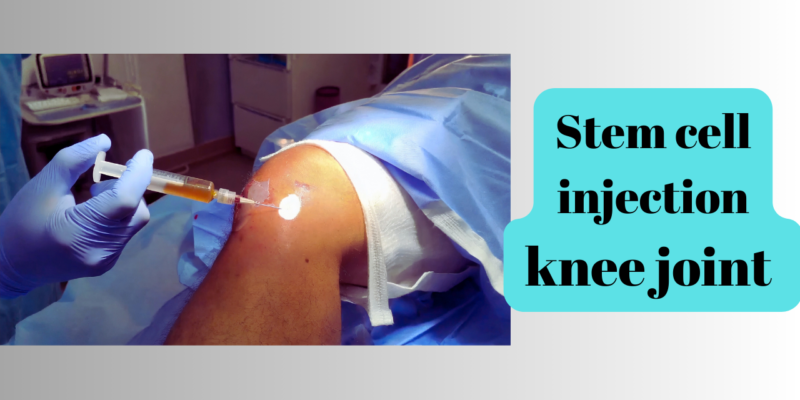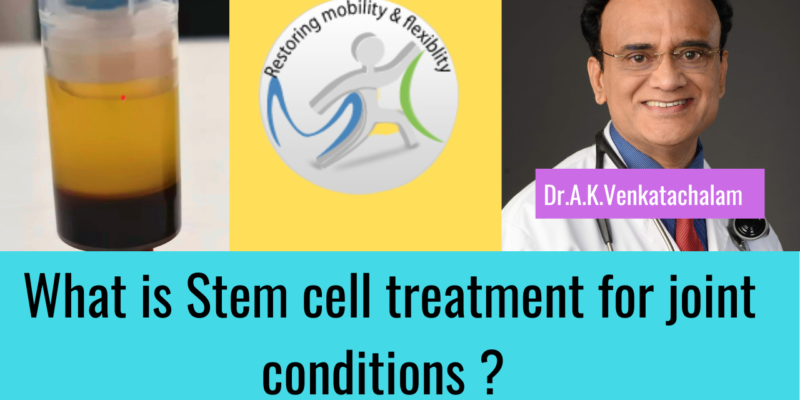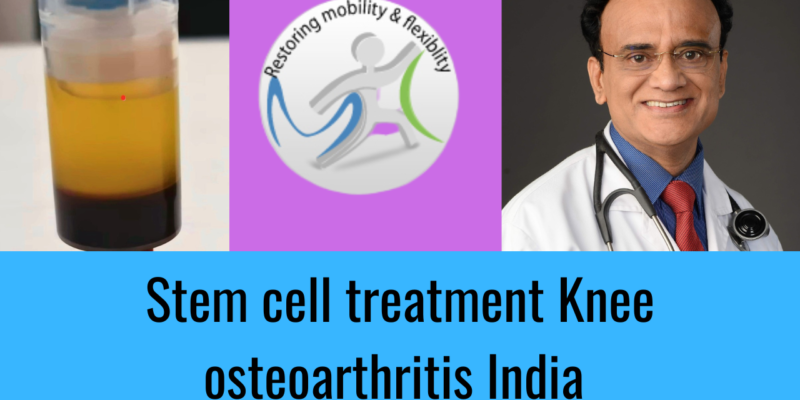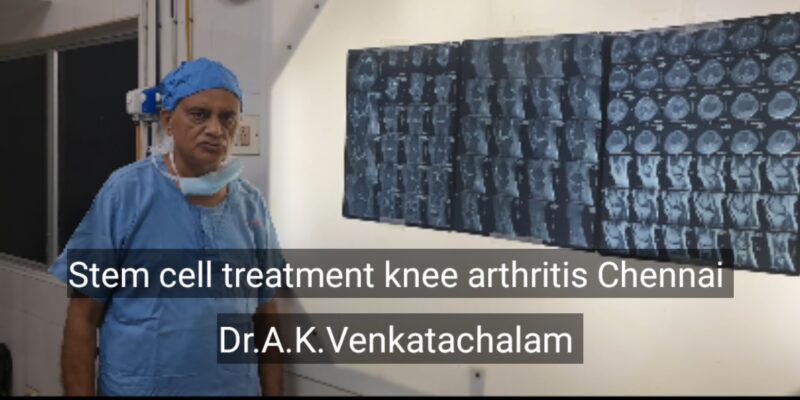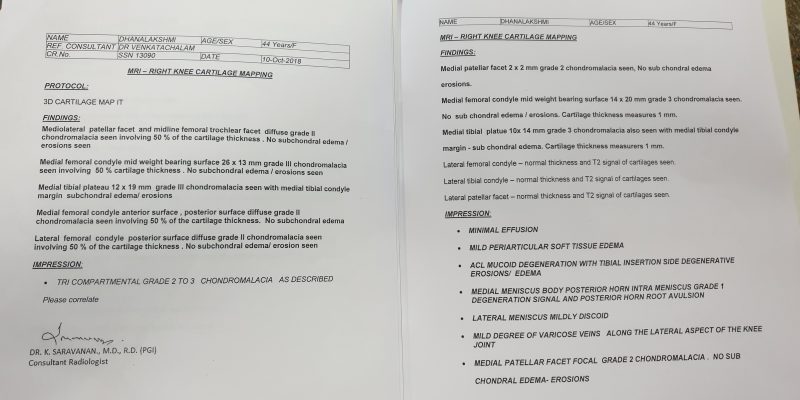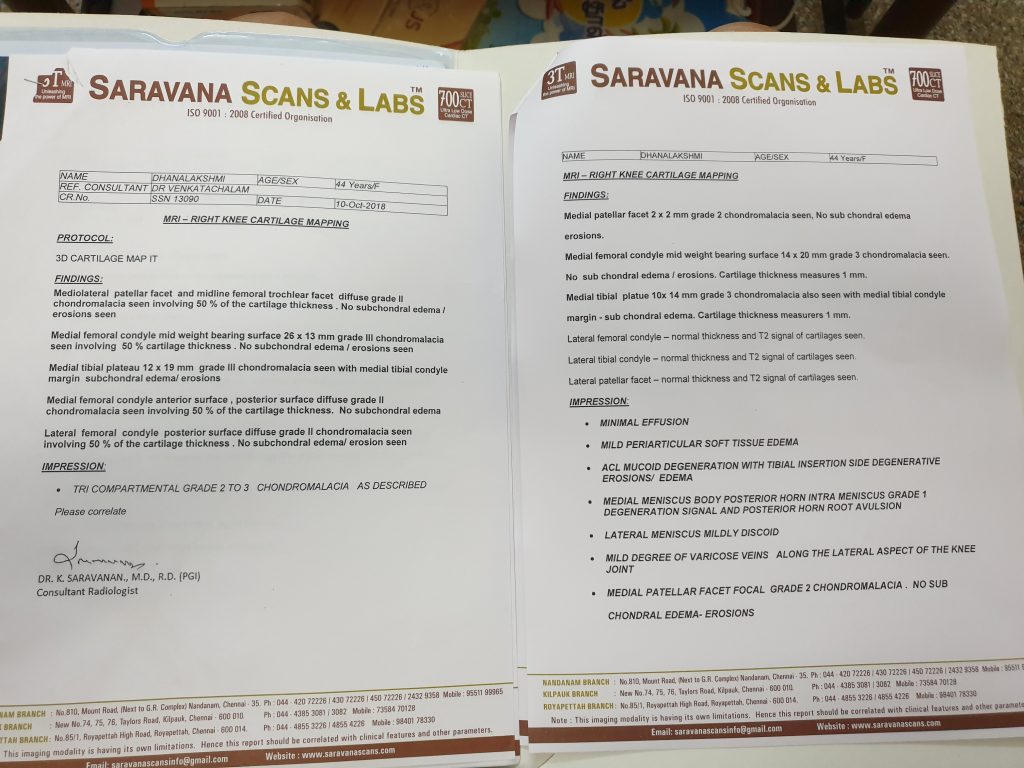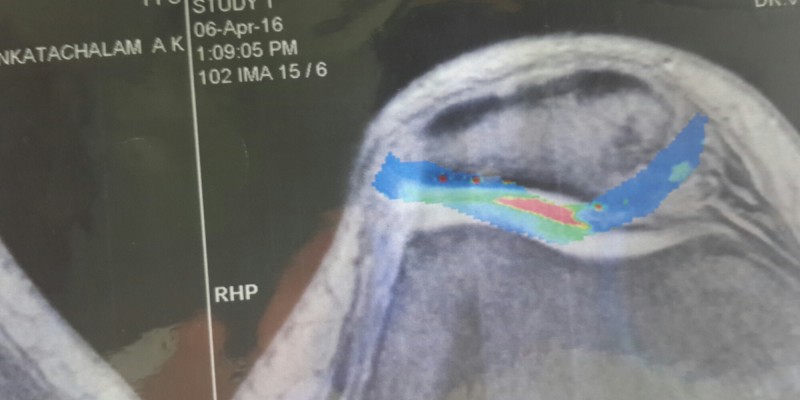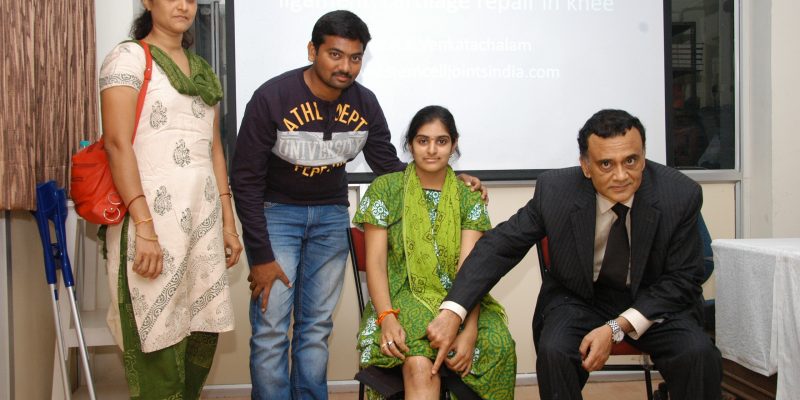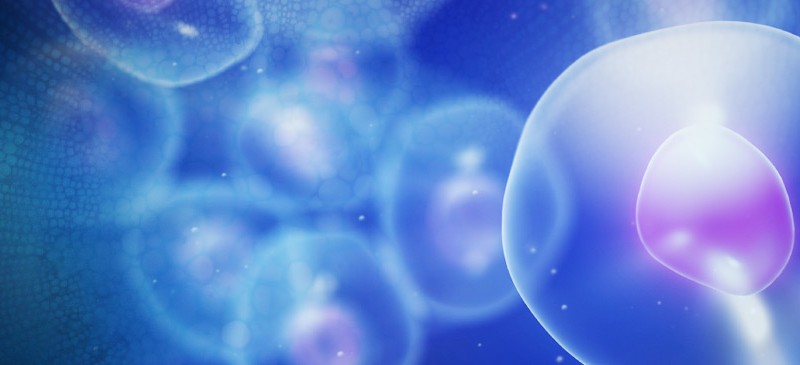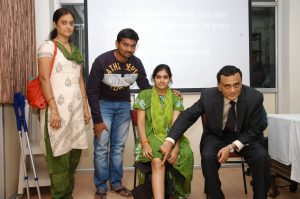See the evidence for Stem cell treatment of knee osteoarthritis Chennai discussed in this video. I read from a recently published paper in the Journal of Arthritis Research.
Here’s the video. If interested learn more at www.orthobiologicsurgeryindia.com.
I perform knee replacements, and Orthobiologic procedures.
Stromal vascular fraction (SVF) is a concentrated cell-packed portion of adipose tissue that has been used to treat knee osteoarthritis (OA) 1. SVF is known for its anti-inflammatory characteristics and has been shown to decrease pain and improve function in patients with knee OA 1 2.
In a single-center, non-randomized, phase I/II trial, 33 patients with KL (III) knee osteoarthritis were evaluated. The study aimed to evaluate the improvement in knee pain, function, and cartilage restoration. The results showed that joints treated with SVF provided a better quality of life to patients 1.
Other frequently found interventions include cultured adipose-derived stem cells (ADSCs), and the micronized/microfragmented adipose tissue-stromal vascular fraction (MAT-SVF) 1. Clinical data reported that joints treated with MAT-SVF provided a better quality of life to patients 1.The mechanism of action of SVF is also not fully understood. However, the current hypothesis indicates a direct adherence and integration with the degenerative host tissue, and/or trophic effects resulting from the secretome of constituent cells 1.
In conclusion, there is evidence of efficacy in the use of stromal vascular fraction and related therapy for the treatment of osteoarthritis of the knee. However, more research and clinical patient follow-up are needed to determine the proper place of these therapies in the treatment of osteoarthritis of the knee 1.
Source(s)
1. Stromal Vascular Fraction for Osteoarthritis of the Knee Regenerative …
2. Cartilage lesion size and number of stromal vascular fraction (SVF …
3. Autologous Adipose-Derived Tissue Stromal Vascular Fraction (AD-tSVF …

